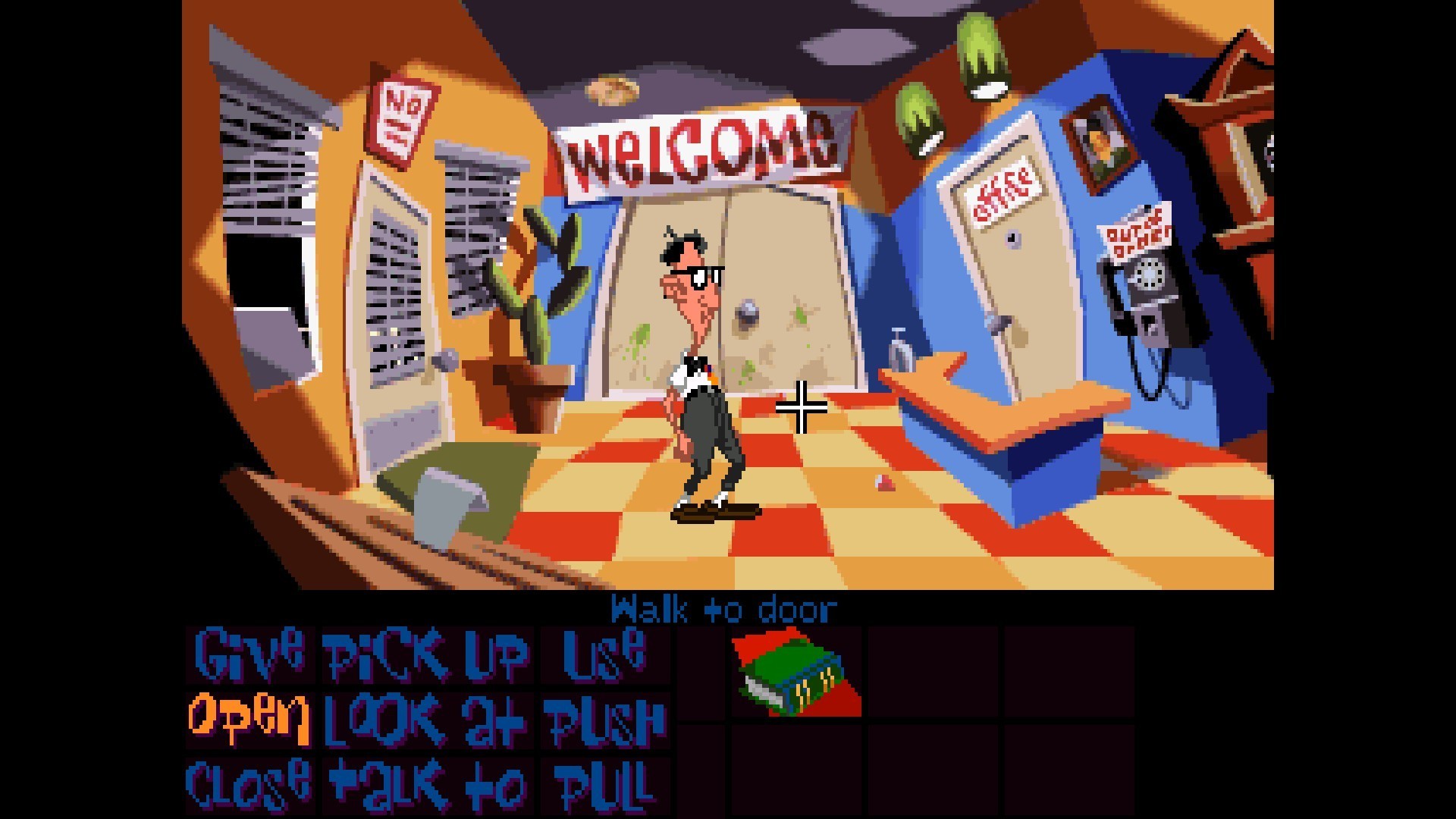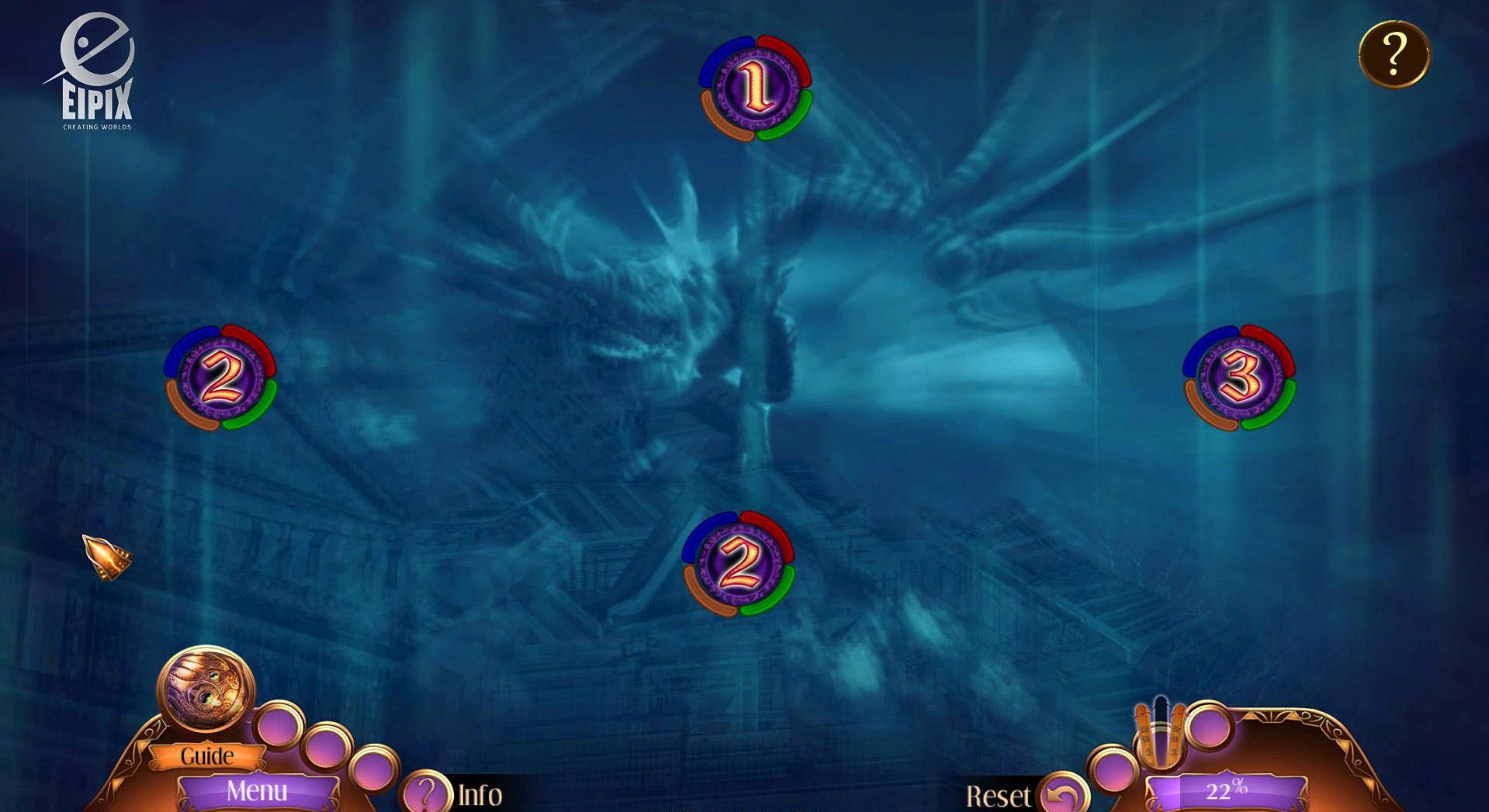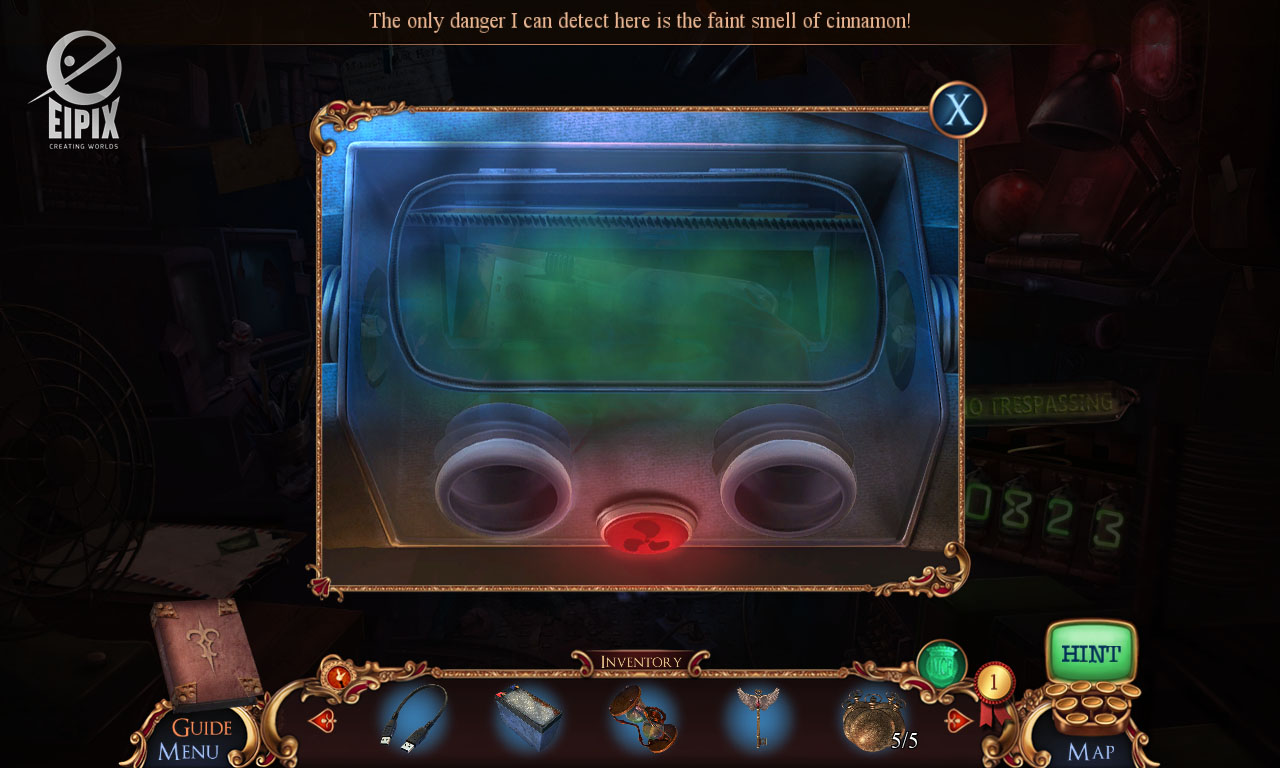Sit back and relax as our colleague Vladimir Smolyakov, a junior game designer, talks you through the various techniques we use to give our games a little bit o’ soul.

When discussing any form of entertainment, sooner or later one touches upon the subject of genres. Video games are no exception to this rule – it is simply a matter of practicality. Genres make it easier for consumers to find the desired product, and for developers like us to define the general direction of our product and the type of player to consume it.
Once imposed, genre rules and boundaries become a bit of a headache for us game designers. They limit your “vocabulary” to a fixed number of options that often don’t allow you to fully achieve the desired effects.
This is not a HOPA-specific problem. No matter where you look across the video game landscape, you will see numerous examples of genre bending, genre defining, and genre redefining games. Part of it is certainly motivated by the developers visionary talents and the desire to innovate, but partly it’s simply the result of numerous game designers scratching their heads and thinking, “gosh, what do I do now?”
In this article, we will discuss the HOPA genre and the obstacles game designers encounter on a daily basis when trying to evolve it.
Fundamentals of HOPA Games: A Brief History
We can track the roots of HOPA games all the way to the old-timey Point and Click (PNC) adventure games – Day of the Tentacle, The Secret of Monkey Island and, unquestionably, the Broken Sword series. Although cartoonish and easy to grasp, PNC adventures were still very much aimed at the “core” audience – gamers of all ages, dedicated to squeezing any PNC game dry of its mysteries and solving any puzzle the developers hurl at them.

Day of the Tentacle in all its pixelated glory! Note how well this over-styled game aged! (copyright: Lucas Arts)
Of course, as the industry grew in popularity, a new type of gamer felt an attraction to the popular medium, resulting in the rise of casual gamers. Able to dedicate a much smaller fraction of their time, these gamers sought the same experience and storytelling but at a more forgiving difficulty level and learning curve. This is precisely where HOPA games found their home.
Evolution of HOPA Games
At first, there were Hidden Object games – casual, short games in which the players search for certain items within a picture and move forward by completing each scene. The storylines were simplified in favor of short bursts of fun gameplay. In time, devs started tweaking the formula and fleshed out mechanics such as uninterrupted scene-to-scene gameplay, puzzles, and more intricate stories which slowly unfold as the player progresses.
This brings us to where the HOPA games stand today – a visually impressive experience with an immersive story, brimming with detail and lore, as well as complex puzzles and gameplay with which we aim to push the envelope in new directions. Unfortunately, there are many ways it can backfire.
Core vs Casual
The first obstacle we encounter when brainstorming for new ideas is the fact that we operate within the realm of casual games, and we simply cannot apply the same rules seen in the core game industry.
Core games are targeted at players who don’t take gaming lightly. It isn’t just a form of entertainment for them, but a hobby that requires a lot of time and dedication. For some, it can even be a source of income. This audience expects their games to be challenging, as well as deep and lengthy enough to justify the price tag.
Casual games, on the other hand, are a form of entertainment designed to be enjoyed in one sitting. While core games treat the overcoming of a seemingly insurmountable challenge as a reward in itself, the casual game designer aims to provide a constant flow of fun throughout the entire game, amping the difficulty up ever so slightly, so that the player has a sense of progression.
It is for that reason that we don’t see RPG (role-playing game) elements in HOPA games, nor do we force our players to dig through forums for a solution to an intentionally abstract puzzle, nor introduce complex in-game economy systems. Imagine having to grind through fetch quests in order to be able to afford a crowbar item at the nearest in-game vendor!
With that being said, it would be very naive to exist in a “casual gaming bubble”, oblivious to the newest trends. After all, as game designers, it is our goal to deliver the most fun experience to our fans. And while they may not always stick, we can’t help but passively absorb mechanics we see in core games and try to bring them closer to our audience.
For instance: growing up with comics and fantasy films, we love the idea of an Average Joe receiving super powers (as a result of a tragedy, of course) and using them for the greater good. There are thousands of games that explore this notion, from vast RPG titles to superhero film tie-ins. But how do we bless our own gamers with the same powers, giving them this very feeling of might?
Why, through special features!

As the dragon attacks us, using the “Golden Heart” artifact is the only way to stop it.
Since you’re on our official blog, I’ll take my chances and suppose that you’re familiar with Myths of the World, a franchise which, as a part of its core mechanics, grants the PC (playable character) super powers in the form of quick, yet challenging puzzles. Once every so often, the player can unleash the PC’s magic powers to get rid of a seemingly invincible monster or pass through an otherwise impregnable obstacle. Not only that, but we also focus on making sure that each instance of spell casting is more challenging than the last and offers a much stronger sense of reward.
The Silent Protagonist
In core games, the development of an interesting protagonist takes an enormous amount of time and there are many factors that influence the final result. The protagonist must look unique and stand out from the crowd, i.e. catch one’s eye when perusing video game shelves. They must possess relatable traits in order for the players to connect with them and easily immerse themselves into the game. Last but not least, the character must evolve throughout the story in order for it to have any impact on the player.
But how does one relate to a (usually) genderless, voiceless character who, more often than not, is never even seen on screen?
Well, one could argue that that’s where the gameplay kicks in, and that’s partially true. We can’t afford a morally ambiguous PC, as there is no way to redeem them, or at least offer an explanation for some actions (something that is routine in core games). With that in mind, we must always make sure the PC’s actions reflect his/her personality: an experienced detective doesn’t accidentally contaminate a crime scene, and a lover looking for the kidnapped better half wouldn’t flirt with the first NPC they encounter.
But such thought isn’t put into gameplay alone. We want the PC not only to interact with our world, but also react to it, and this is where the so-called black-bar text (BBT) comes in:

The Mystery Case Files series are famous for Master Detective’s quirky notes to self.
Something that started out as a quick instruction for the player has turned into one of the fundamental character building tools of HOPA. Done right, the BBT stops being the game projecting its logic onto the player and becomes the PC’s inner thoughts with an appropriate tone.
Note that the intensity of the game doesn’t entirely depend on the way characters and worlds can be written, but on the amount of text we are allowed to dedicate to any given moment. Casual games are meant to be enjoyed in short bursts of time, so the information must be short and dense. Nobody is going to read 3 paragraphs of inner monologue only to figure out what their next move is!
Visual Storytelling, aka Making Every Scene Count
The HOPA game experience doesn’t rely too much on dialogues, or even audio, as tools for complete immersion. Instead, it relies on the visuals as the mightiest weapon in the arsenal and the main driving force behind every memorable moment.
Inarguably, every game aims to utilize its visuals for immersion and storytelling, but you’d be surprised by just how much effort goes into coming up with a great scene (not to mention the struggle of 3D, 2D and concept artists to actually carry out these ideas – hats off to you guys!).
As a game designer, it took me some time to understand that a great scene is not only a visually stunning one, nor is it a scene with perfectly positioned interactive zones; it is rather a place that, although connected to the rest of the story, absolutely must hold its own, essentially fulfilling the role of an extremely tasty layer of an even tastier cake.
Core games run into the same problem all the time. However, with a wider spectrum of tools, their developers have an easier time compensating for possible oversights, whereas in the HOPA industry we’d basically have to do the scene from scratch or pray that players will get the initial vision behind it.
When we think of a great story, we split the game into 4 chapters. Each must have its own theme, as well as an overarching story. If everything looks good on paper, we then divide each chapter into a cluster of 3 or so scenes, followed by further separation into each scene and the story it tells on its own.
It is of utmost importance that every scene is rich in both visuals and gameplay, and does not only provide background atmosphere, but drives the story forward as the player progresses.

Our visible protagonist smiles at a particularly evil puzzle he has just designed!
Interactions as tools
When designing each interaction, not only do we have to focus on how intuitive and fun it is, but also on how much backstory or context it can convey to our players.
When entering an old mine, for example, the player can simply open an old crate and retrieve a valuable item (or a crowbar). But wouldn’t it be more rewarding to find a miner’s diary where he’s been counting off the days until he finally collects enough gold to move his family and, among his notes, find out that he’s been stealing and stashing the gold somewhere secret in order to do just that?
This approach makes more sense, as it bridges the game logic with what we consider real and intuitive. In a perfect scenario, the player understands where to search for the said crate and already has certain expectations of what the hidden item may be.
This quirkiness has a flipside though. Inserting too much context or backstory can backfire and make the player feel force-fed with irrelevant information. Therefore, it is very important to balance out such interactions. Sometimes, an interaction has to take the backseat in terms of innovation for us to be able to squeeze in a small chunk of story.
Ultimately, we must approach every obstacle as a challenge, an opportunity to create something new and push the genre forward. After all, you never know where a popular new feature may be lurking.





